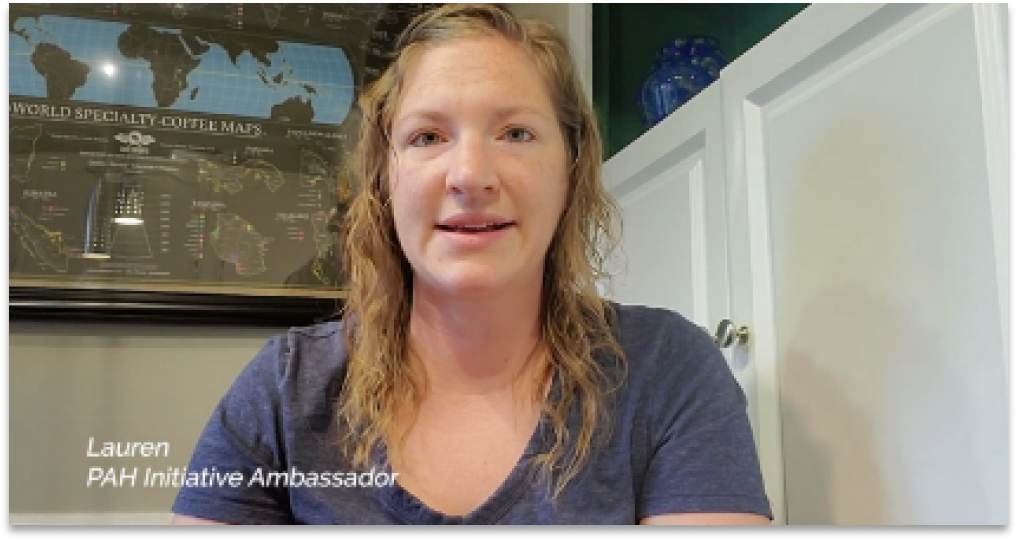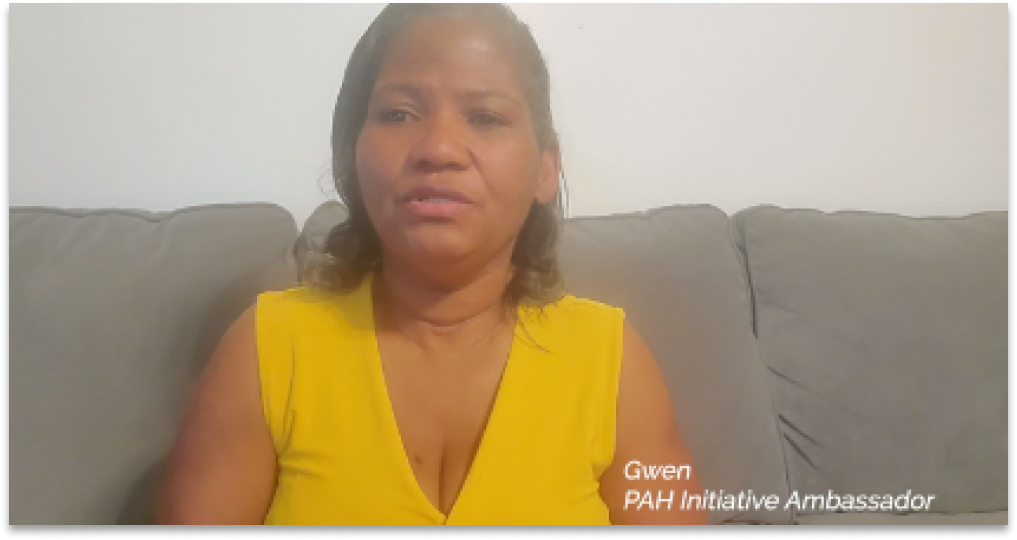How is fluid retention related to nutrition and salt? Although fluid retention can happen to anyone, it’s often caused by certain medications, pregnancy, an underlying condition, or a high-sodium diet from too much salt or other sources. People living with PAH are already at an increased risk for developing edema due to raised blood pressure, so regulating sodium becomes key to avoiding this irritating—and potentially dangerous—condition.
When fluid builds up, it may cause mild to severe swelling in different parts of the body. Many people with PAH notice that their ankles appear puffy, their hands tend to swell, or their tummy appears bloated. Excess fluid in the body’s tissues often accumulates in these areas. So, if you have fluid retention, you’ll probably notice one or more of these signs:
- Puffy skin
- Shiny skin
- Bloated abdomen
- Swollen ankles
- Swollen hands
- Pitting
Some signs of edema: Swollen ankles and pitting

Pitting occurs when a small pit or dimple is left on the skin after pushing down on it for a few seconds. This is an indicator that the body is retaining too much water.





